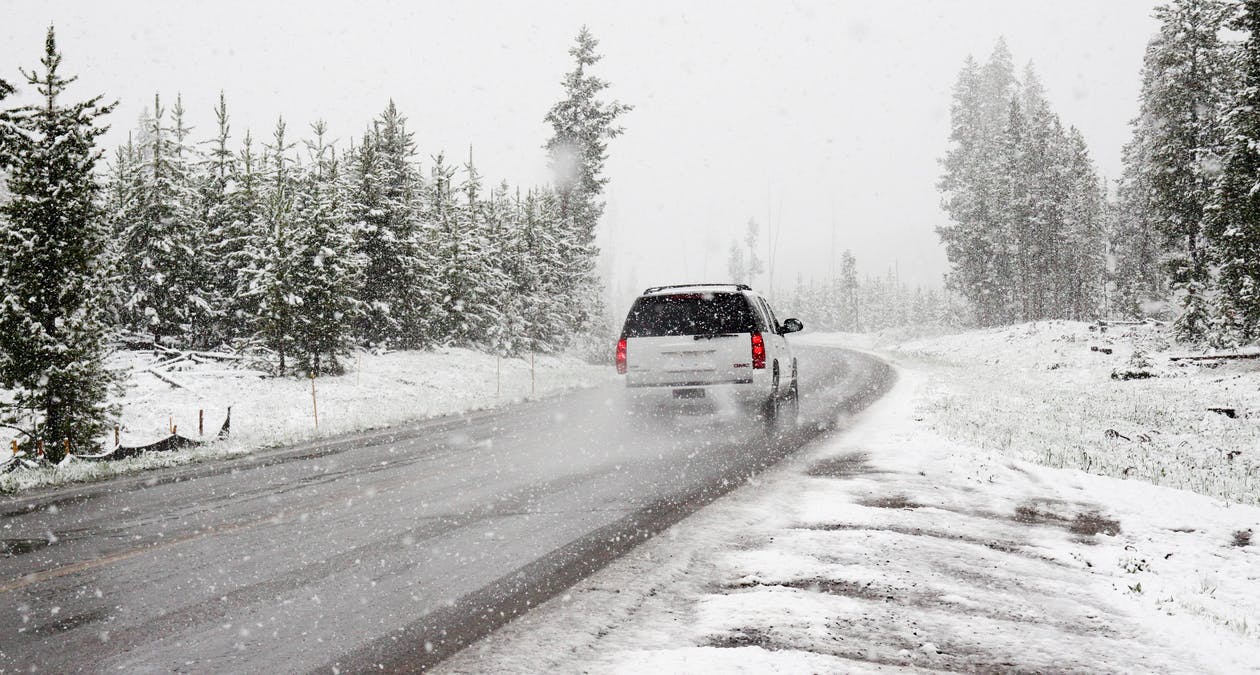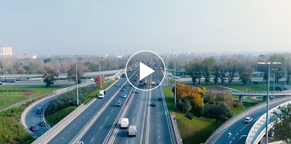At IAS, we promote the safety and welfare of our customers as well as everyone around them. Here are some driving tips to keep you safe in unexpected weather.

Driving In The Snow:
- Slow down. Even if your vehicle has 4WD, you should reduce your speed approximately 5-10 mph under the speed limit.
- Avoid tailgating. Keep distance between your vehicle and the vehicle in front of you. If you’re on a highway, you should stay approximately eight car lengths behind and when you’re driving through town, around four car lengths away. Keeping your distance will increase your time to react in unexpected situations if you need to break or maneuver.
- Look out for black ice. Black ice is sometimes referred to as clear ice because it is difficult to see, especially at night. Aside from reducing your speed, you can use your brights or high beams at night if there are no cars in front of you or headed in the opposite direction to see the reflection of the ice on the road. Hitting black ice may cause you to lose control of your vehicle.
- Pump your breaks. Never slam on your brakes instead, pump your breaks repeatedly until your car comes to a stop. If you lose control of your vehicle, remain calm and gradually turn into the skid and take your foot off the gas until you regain control.

Driving In The Rain:
- Reduce speed. Rain is a little more forgiving than snow; however, you should remain cautious and slow down by 5-10 mph. Your tires will have a better grip on the surface and considerably reduce the risk hydroplaning.
- Don’t drive through deeper water. It’s difficult to estimate the depth of water, however, avoid large puddles or flooded areas. It’s possible the vehicle intake, or the engine can flood which may cause the vehicle to shut off.
- Be aware. Rainstorms may include thunder, lightning, and heavy winds. Stay alert and aware of your surroundings. Keep an eye out for downed power lines or other objects that may impair your driving. Stay in your vehicle and turn your hazard lights on so other drivers can see you better.

Driving In Heavy Winds:
- Get a good grip on the wheel. Gusty winds may move your vehicle, especially in motion. Make sure you have a firm grasp on the wheel to keep control of the vehicle.
- Avoid tailgating. Slow down and keep your distance from other vehicles.
- Avoid trucks and large vehicles. Large vehicles are heavy, and their weight is unevenly distributed. The distribution of weight increases the possibility to sway while moving. Keep extra distance and plenty of room to ensure everyone’s safety.

Driving In The Fog:
- Use your fog lights. Fog lights are usually found on the left side of your steering wheel; however, you should refer to your manual before driving to locate all its features. These lights are designed to break through the fog so you can see farther in-front of you.
- Slow down. Fog makes it harder to see. Reduce your speed and advance with caution to give yourself plenty of time to react especially on hills and turns.
At IAS, our customers are paramount. Use these tips to promote a safe driving experience in any weather condition!





